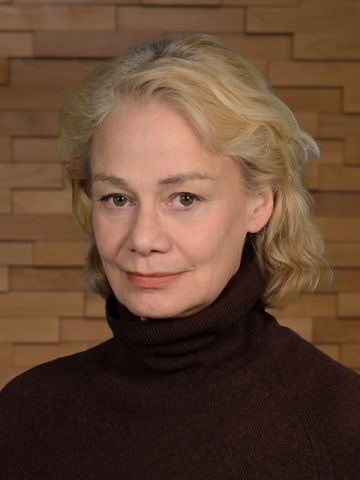Principal Investigator:
Bobak Mosadegh, Associate Professor of Biomedical Engineering in Radiology
Background & Unmet Need
- Minimally invasive, image-guided cardiac interventions are increasingly available as substitutes for more invasive surgical approaches
- With these minimally invasive procedures, tools for visualization are needed to improve guidance and lower learning curves
- Current visualization techniques like fluoroscopy are limited to 2D projections, or are unable to give real-time feedback like pre-operative CT/MRI
- Advanced fusion imaging visualizations still don’t provide quantitative tracking of the catheters in 3D space, and so cannot be used to guide catheter depth or orientation
- Unmet Need: Real-time, visual guidance systems for cardiac procedures wherein the catheter can be tracked in 3D space using a single fluoroscopic view
Technology Overview
- The Technology: A novel, mixed reality guidance system which combines holographic representations of the heart and tracking of catheter position in real time
- A 3D, holographic representation of the heart is generated using preoperative cardiac CT images
- The catheter is tracked via intra-operative fluoroscopy, and machine learning is used to locate the depth of catheter in 3D space from a single angled view
- The position of the tracker and 3D image of the heart are co-registered and transferred into an MR image in real-time, visualized by see-through video glasses
- PoC Data: Optimized machine learning models for locating the catheter have demonstrated a Euclidian distance error of <2 mm for certain test data sets
Technology Applications
- Real-time, mixed reality visualization for cardiac interventional surgery
- Improved preoperative planning for cardiac interventions
Technology Advantages
- Catheter is visualized in 3D space in real time, allowing for better navigation
- Models reflect individual patients’ heart architectures, enabling precise and individualized surgeries
- Quantitative feedback will provide real-time guidance and post-intervention analytics

Publications
Resources
Intellectual Property
Patents
- US Application Filed
Cornell Reference
- 9607
Contact Information

For additional information please contact
Donna Rounds
Associate Director, Business Development and Licensing
Phone: (646) 780-8775
Email: djr296@cornell.edu

